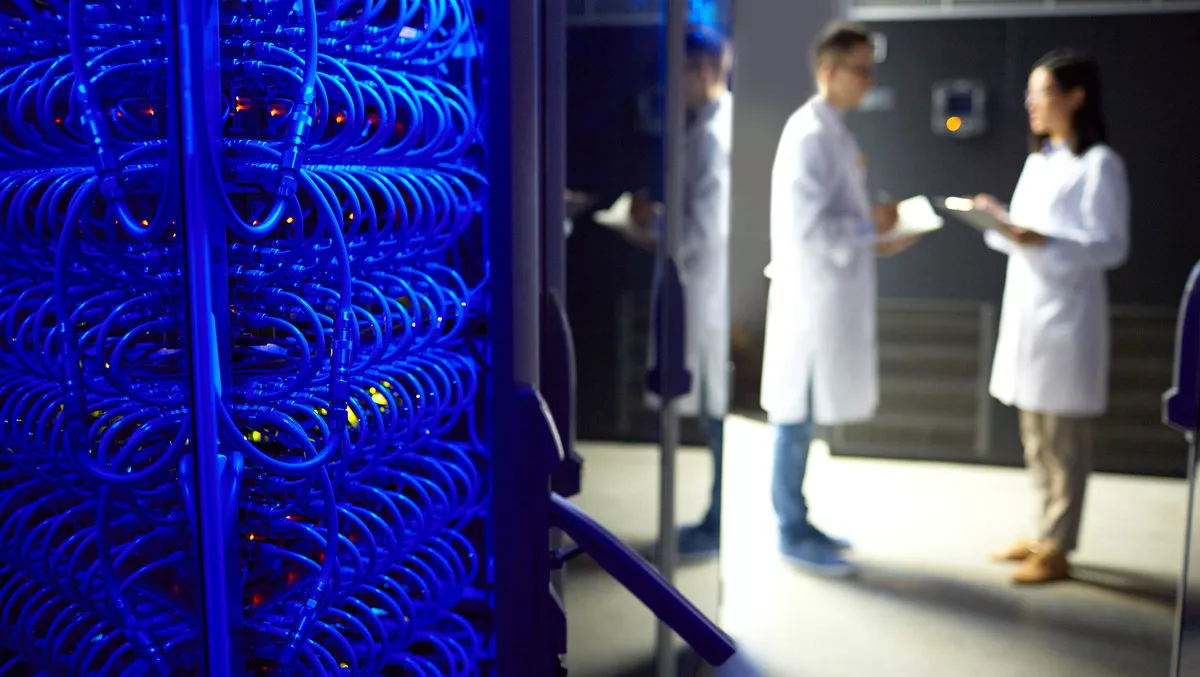
Challenge:
Marseille is a hugely important communications centre, connecting North Africa, the Middle East, and Asia to the whole of Europe thanks to terrestrial connections to Frankfurt, London, Amsterdam, and Paris (FLAP).
With 14 subsea cables landing there, the city has transformed from a transit hub to a lively content hub where cloud and digital media content are created, stored, and distributed to 43 countries across EMEA and APAC. In addition, the rapidly growing local market for data center services presents major revenue opportunities.
For these reasons, leading carrier and cloud-neutral data center operator Interxion made Marseille a strategic focus for its business. Mike Hollands, Interxion's Director of Market Development - Strategy, says, “We acquired a 6,200 m2 data center in the centre of Marseille in 2014, which is called MRS1. With 48 million euros of investment, we built out the facility and increased the number of tenants from around 50 back then, to nearly 200 today.
“Our clients exchange services with one another, including high-speed metro and long-haul connectivity across Europe. Interconnections with Google, Amazon AWS, and Microsoft Azure are also available within the data center.
With MRS1 attracting major content companies, cloud providers, and subsea cable providers, the facility quickly reached its capacity limits, both in terms of available space and energy resources. Our customers needed additional space and power, but there were no suitable sites next to the existing facility.
“There was no way we could grow our operations next to MRS1, so we decided to look for suitable sites in other parts of the city. A key challenge was how to connect the new data center to MRS1 to provide a seamless experience for customers.
The solution:
After considering all the options, Interxion found a suitable 4,350 m2 site for a new data center on land belonging to the Marseille Port Authority, approximately four kilometres away from MRS1.
“We knew the only way to maximise success in MRS2 was to give clients seamless access to all the subsea cables, Internet exchanges, and cloud interconnect services already available in MRS1,” says Hollands. “We also had to reassure subsea cable providers that any new connections at MRS2 would also be able to serve existing clients at MSR1.
To provide seamless connectivity between the two data centers, Interxion decided to deploy a next-generation DCI solution from Ciena. “When we evaluated all available DCI options, we found that the Ciena solution was able to deliver the fast, scalable connectivity we needed between MRS1 and MRS2,” says Mike.
The benefits:
By connecting its data centers in Marseille using Ciena technology, Interxion can provide a seamless experience for clients—whether they are hosted in MRS1 or MRS2. With highspeed, scalable, reliable interconnections between data centers, the company can also expand its network of data centers, even if no sites are available next to their existing locations.
Support for future expansion in Marseille—with no more real-estate limitations with the ability to quickly turn up high-speed interconnections between data centers, Interxion has greater flexibility in where it may choose to locate future data centers.